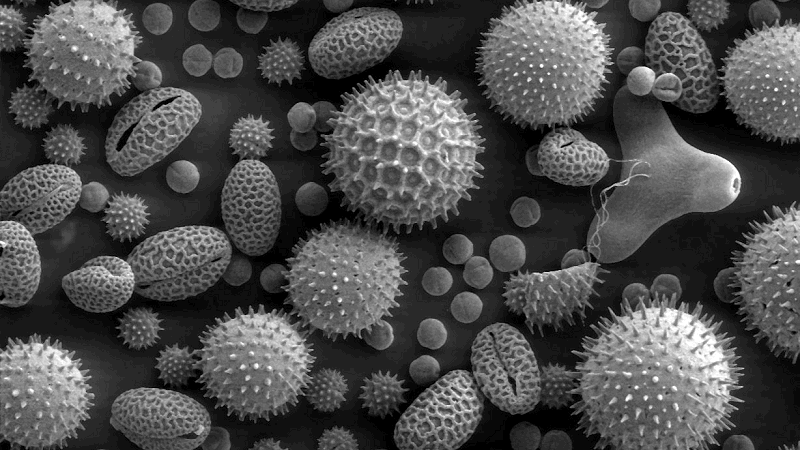
Allison Steiner, a researcher at the University of Michigan, was sweeping her porch one day and pondering the abundance of dusty pollen. What does this fine-grained material do during the time it’s in the air, she wondered, as any atmospheric scientist would. That train of thought led her to discover that pollen has an unexpected role in seeding clouds and possibly affecting the climate.
Clouds are centers of energetic activity, all kinds of it—lightning, precipitation and winds—powered by the exchange of heat between air and water. Melting ice and evaporating water absorb heat energy while condensation and freezing of water release it.
Clouds also reflect sunlight back into space to keep the ground cool, while at the same time blanketing the ground to keep it warm. In all their energetic, contradictory complexity, clouds are central actors in the world’s climate.
But computer models of global climate stumble when they handle clouds. One problem is calculating how water droplets form in humid air. Water will condense out of air that is saturated in water vapor, but outside the laboratory, real droplets grow on seed particles of some sort. The droplets are extremely tiny, about 20 microns across, or 50 to a millimeter. Seed particles, called cloud condensation nuclei (CCNs), are a hundred times smaller, or 200 nanometers.
Pollen grains, being larger than that, always seemed like poor CCN candidates. But they’re very common in the environment, as anyone with hay fever can tell you. Seed-bearing plant species, from the tiniest grasses to the tallest trees, release pollen from male plants to fertilize female plants.